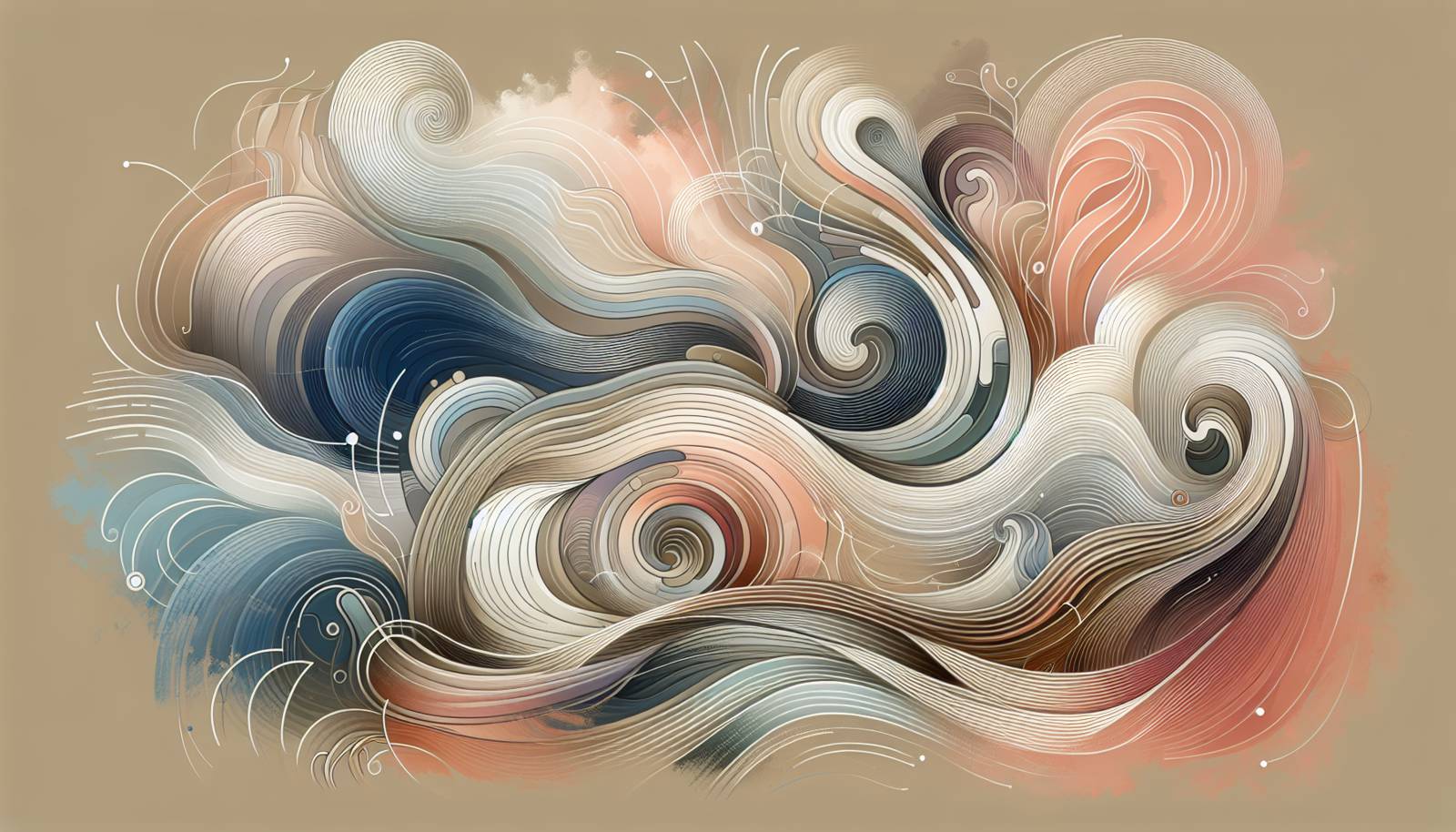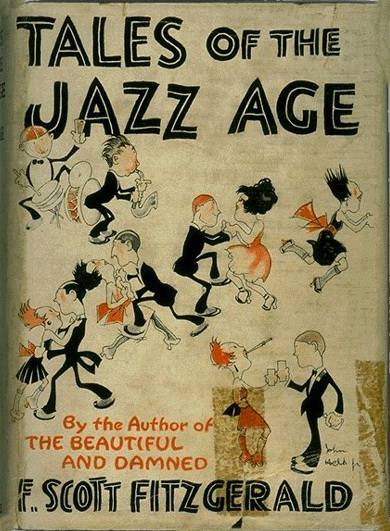
FAQ About The Impact of Jazz Age Literature on Modern Culture

What is the Jazz Age in literature?
The Jazz Age, also known as the Roaring Twenties, refers to the period in the 1920s characterized by a surge in cultural, social, and economic change, especially in the United States. In literature, this era is often marked by the works of authors like F. Scott Fitzgerald, who depicted the vibrant and sometimes turbulent societal changes of the time.

How did F. Scott Fitzgerald's work influence modern literature?
F. Scott Fitzgerald's work, particularly "The Great Gatsby," is considered a quintessential Jazz Age novel. It influenced modern literature with its exploration of themes such as the American Dream, class disparity, and the pursuit of happiness—all topics that continue to resonate in contemporary storytelling. His style has inspired countless writers to experiment with narrative techniques and character development.

Which themes from Jazz Age literature are prevalent in today's culture?
Themes from Jazz Age literature that remain prevalent today include the pursuit of wealth and materialism, social mobility, the illusion of the American Dream, and the complexities of individual identity and societal expectations. These themes are frequently explored in modern films, novels, and other artistic expressions.

In what ways did Jazz Age literature reflect societal changes of the 1920s?
Jazz Age literature vividly captured the societal changes of the 1920s, such as the rise of consumerism, women's changing roles, and the cultural liberation expressed through jazz music and dance. Writers like Fitzgerald and Hemingway portrayed the excitement and often the moral complexities of this new era.

What impact did Jazz Age literature have on social norms?
Jazz Age literature challenged the traditional social norms of the early 20th century by questioning established institutions, highlighting the flapper culture, and emphasizing personal freedom and expression. This helped to pave the way for more liberal social attitudes and behaviors in subsequent decades.

Are there modern authors influenced by the Jazz Age?
Yes, many modern authors are influenced by the Jazz Age, drawing inspiration from its themes, characters, and stylistic innovations. Authors like Haruki Murakami and Jay McInerney have been noted for incorporating Jazz Age motifs and narrative styles into their works.

Is 'The Great Gatsby' still relevant today?
'The Great Gatsby' remains relevant today due to its exploration of timeless themes such as love, ambition, and the dichotomy between illusion and reality. Its critique of the American Dream continues to resonate with readers and has made it a staple in academic curricula worldwide.

How did the Jazz Age influence storytelling techniques?
The Jazz Age introduced storytelling techniques such as unreliable narrators, stream-of-consciousness writing, and vivid descriptions that reflected the inner thoughts and emotions of characters. These techniques have influenced the narrative approaches used in various literary forms and media.

What aspects of Jazz Age literature inspired contemporary filmmakers?
Contemporary filmmakers have been inspired by Jazz Age literature's exploration of themes such as decadence, moral ambiguity, and the complexity of human relationships. The visual representation of the opulence and vibrancy of the 1920s also serves as a rich backdrop for storytelling in films.

How did Jazz Age literature contribute to cultural liberation?
Jazz Age literature contributed to cultural liberation by encouraging the exploration of taboo subjects, promoting diverse perspectives, and celebrating the individuality and rebellion that characterized the 1920s. It played a role in the gradual shift towards a more open society.

What role did jazz music play in Jazz Age literature?
Jazz music served as a significant cultural symbol in Jazz Age literature, often representing the spirit of the era with its sense of improvisation, energy, and break from tradition. The literature of the time frequently incorporated jazz as a metaphor for freedom and change.

What misconceptions exist about Jazz Age literature?
A common misconception about Jazz Age literature is that it only glamorizes the extravagance of the 1920s. While it often depicts opulence, it also critically examines the era's social issues, such as inequality, moral decay, and the hollowness of material success.

Did Jazz Age literature have an impact on global cultures?
Yes, Jazz Age literature influenced global cultures by spreading the cultural and ideological shifts of the 1920s beyond American borders. It sparked interest in Western culture and inspired international writers to explore similar themes of modernity and change.

How did gender roles in Jazz Age literature reflect societal changes?
Jazz Age literature highlighted the changing gender roles of the period, portraying independent female characters who embraced new-found freedoms. This mirrored the real-life cultural shift towards greater gender equality and the emergence of the modern 'flapper' woman.

What literary techniques were popularized during the Jazz Age?
Literary techniques popularized during the Jazz Age include stream-of-consciousness, fragmented narrative structures, and vibrant, descriptive language that captured the complexity of human emotions and the frenetic pace of life during the 1920s.

Which modern storytelling mediums have been influenced by Jazz Age literature?
Modern storytelling mediums such as film, television, and digital platforms have been influenced by Jazz Age literature through the adoption of its narrative techniques, thematic explorations, and character archetypes. The era's emphasis on style and substance continues to resonate in visual and written media.

What are some key works of Jazz Age literature?
Key works of Jazz Age literature include F. Scott Fitzgerald's "The Great Gatsby," Ernest Hemingway's "The Sun Also Rises," and Zora Neale Hurston's "Their Eyes Were Watching God." These works exemplify the themes and style of the era.

How has Jazz Age literature influenced literary education?
Jazz Age literature has become a staple in literary education, with many of its works featured in curricula around the world. It provides students with insights into historical context, thematic depth, and literary innovation, fostering critical thinking about cultural and social issues.

Do any contemporary festivals celebrate Jazz Age literature?
Yes, there are contemporary festivals that celebrate Jazz Age literature, such as the Jazz Age Lawn Party in New York, which combines music, dance, and literary discussions. Such events help keep the spirit and influence of the Jazz Age alive for modern audiences.

How did Jazz Age literature impact visual arts during the 1920s?
The vibrant and expressive style of Jazz Age literature influenced visual arts by inspiring movements like Art Deco, which paralleled the literature's emphasis on modernity, elegance, and a break from tradition. This cross-influence enriched both literary and artistic landscapes during the 1920s.
